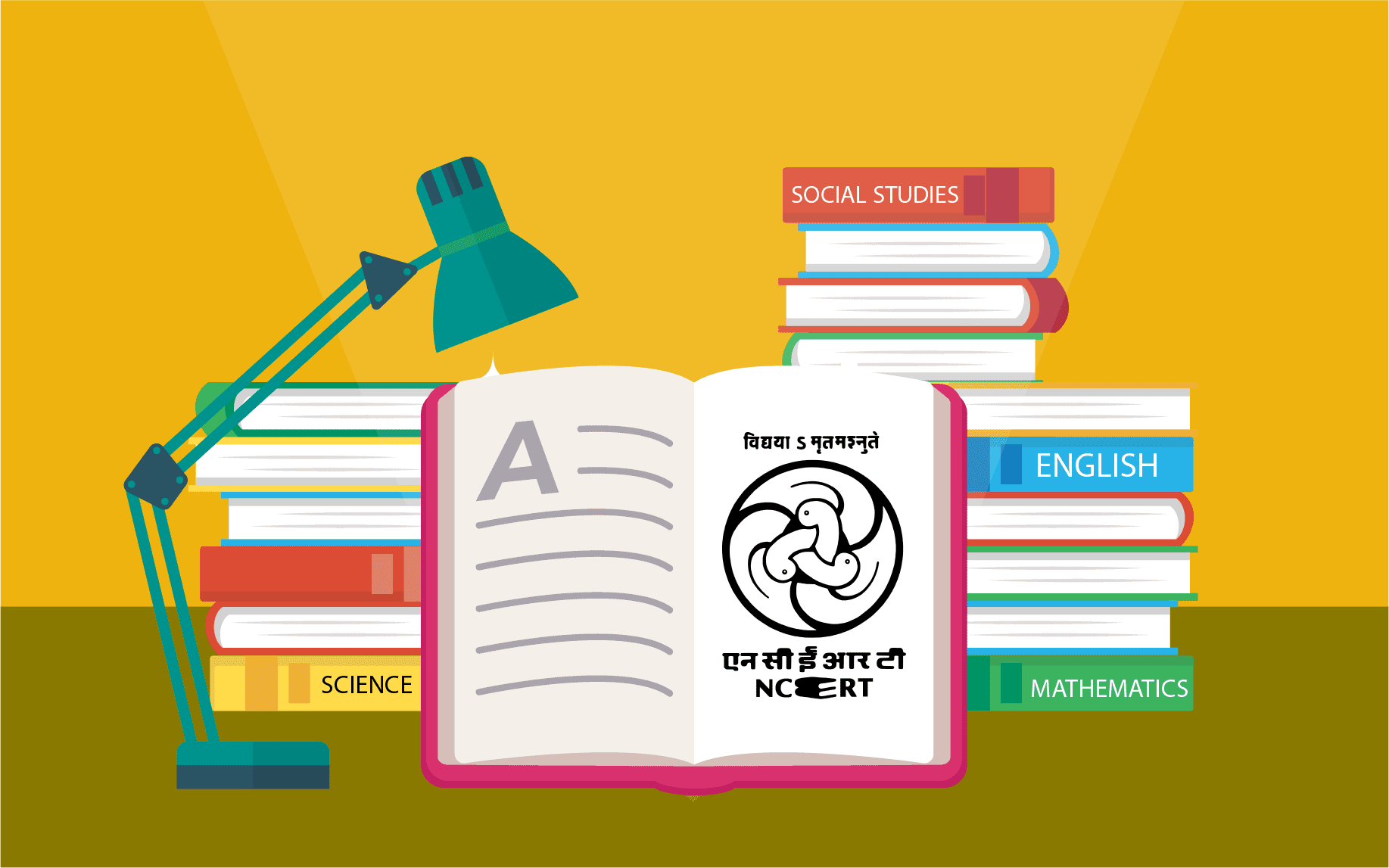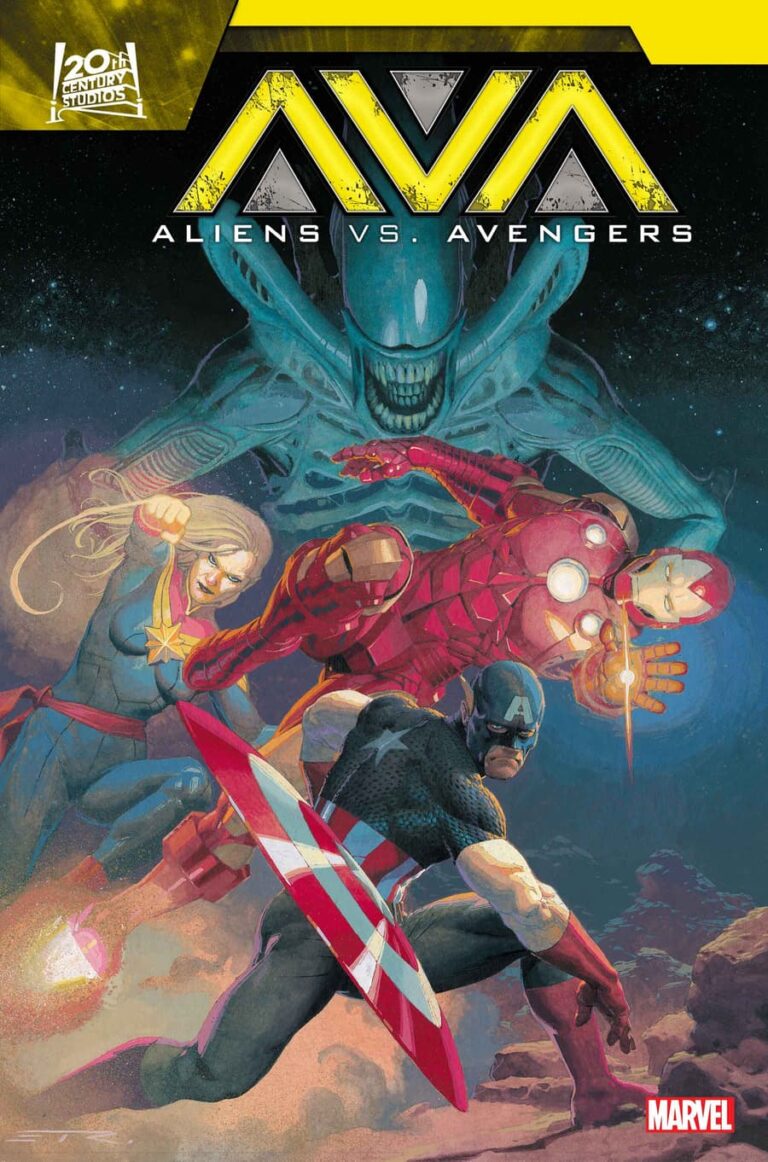A Glance At The Recent Revisions Of The NCERT Textbooks

Table of Contents
Overview
Time and again, the school textbooks published by the National Council of Educational Research and Training (NCERT) have remained controversial due to their biased revisions. It has been alleged to have served the interests of the party in power and of being a possible political battleground in disguise. From deleting several chapters to an increased ‘Indianisation’ of our history, here is a glance at the several inclusions and deletions of pieces of information from the NCERT textbooks and what it could mean to the students.
A Brief History
The NCERT was established by the Ministry of Education on 27 July 1961 and started its operations on 1 September 1961. Its main aim was to introduce the 10+2 education system with a focus on the culture and traditions of India. Its objective included a common, nationalised, yet diverse curriculum. The decade of the 1970s was spent on extensive research and resource collection.
The National Curriculum Framework(NCF) was created to guide teachers, rationalise content, develop the syllabus, and provide a holistic environment for students’ studies. The NCF was published in 1975, 1988, 2000, and 2005, with the latest being the New Education Policy(NEP) 2020 and NCF-SE 2023. Several revisions and reviews were made after 2014. Following the COVID-19 pandemic, many important chapters were removed or inserted in higher classes, citing excessive burden and mental pressure.
The Controversial Deletions And Changes
The NCERT has been under controversy due to its deletion and changes in topics such as the Mughal Empire, Gujarat riots, parts on Mahatma Gandhi, renaming of Babri Masjid as a ‘three-dome structure’, Supreme Court verdicts, exclusion of Aksai-Chin from the map and many more. Political leaders like Jairam Ramesh have questioned the regular revisions and reviews of the textbooks and have alleged the government has misused them to erase the nation’s history. Past events have proven that irrespective of the government in power; the NCERT has been used as a tool for political gains and party benefits.
Why In The News?
The class 6th social studies textbook was replaced by a book named ‘Exploring Society-India and Beyond’, instead of different books for political science, geography, economics and history. The book has renamed the Harappan Society the Sindhu-Sarasvati Civilisation and reported river Sarasvati as the main cause of its decline. It also mentioned that India’s prime meridian is called the ‘Ujjayini’. The book uses many Sanskrit words and attempts to explore the importance of our ancient language.
The Council suggested that ‘India’ should be replaced with ‘Bharat’ in school textbooks for all classes. Following this, NCERT director Mr Saklani noted that ‘Bharat’ and ‘India’ will be used interchangeably in NCERT textbooks as in the country’s Constitution. The class 6th English textbook ‘Poorvi’ has focused on Indian authors like Kalidasa and Sudha Murthy instead of the Western ones. Many experts and academic scholars have welcomed this, while critics point to balancing local and global studies. However, it is to be noted that the new rationalised curriculum for classes 6th-8th would contain 20% content from the local level, 30% from the regional, 30% from the national and 20% from the global level.
Conclusion
The shift from following colonial footprints towards a new indic approach has helped students understand their local richness and connect better to their cultural heritage. This has also helped them develop values that would ultimately lead to a better future for the nation. Today, more than five crore people, including competitive exam aspirants, read NCERT textbooks, which indicates its significance. With the latest economic survey indicating a need for healthy youth and the union budget allocating Rs 1.48 lakh crore for education, employment and skill development, the role of NCERT stands colossal.







